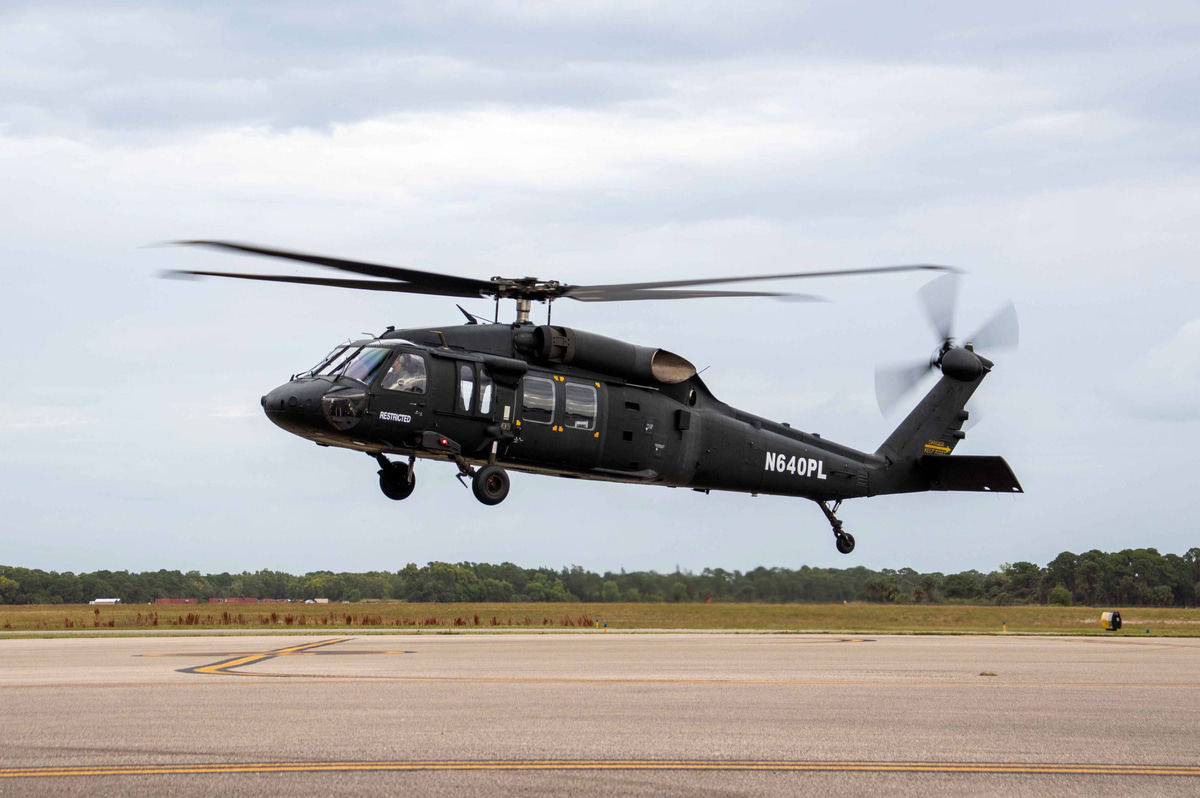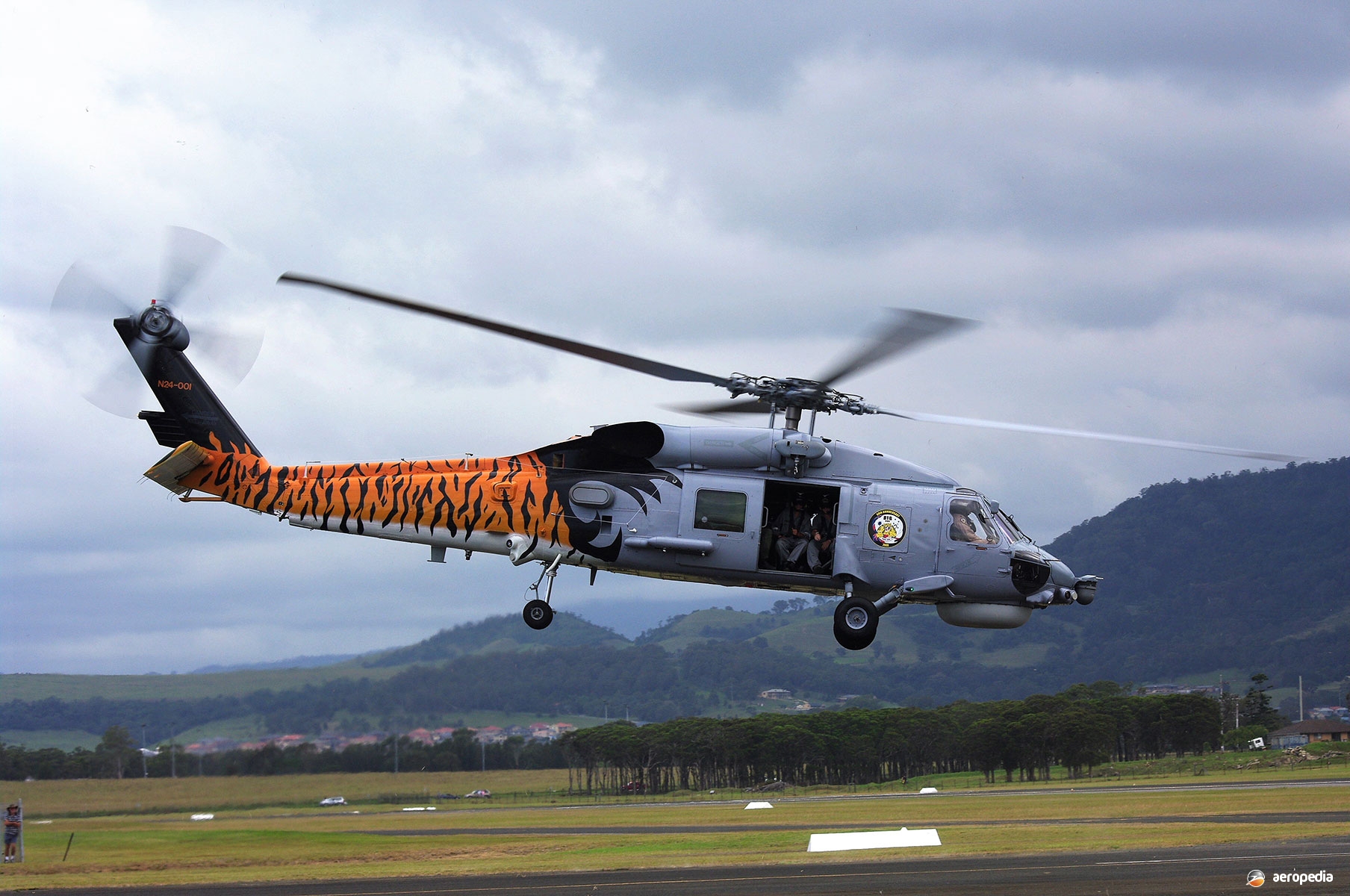Why the Sikorsky S 70 is the Preferred Selection for Modern Helicopter Missions
Why the Sikorsky S 70 is the Preferred Selection for Modern Helicopter Missions
Blog Article
High-Performance Multi-Role Rotorcraft Featuring Advanced Cockpit Technologies and Integrated Sensing Unit Equipments
The realm of rotorcraft technology has actually seen significant innovations in current times, especially in the realm of high-performance multi-role rotorcraft equipped with cutting-edge cabin modern technologies and seamlessly incorporated sensing unit systems. These technologies have not only enhanced the operational capacities of rotorcraft however have likewise considerably affected modern-day air travel operations on various fronts. From enhanced objective adaptability to enhanced operational effectiveness, the merging of sophisticated cockpit modern technologies and incorporated sensor systems has introduced a new period of opportunities for rotorcraft applications. In the following conversation, we will explore the development of rotorcraft innovation, look into the world of sophisticated cockpit technologies, and take a look at the ramifications of incorporated sensing unit systems on the functional flexibility and efficiency of modern-day rotorcraft.
Development of Rotorcraft Innovation
The advancement of rotorcraft technology has been marked by substantial advancements in aerodynamics, materials, and propulsion systems, shaping the capacities and efficiency of modern rotorcraft. Wind resistant renovations have improved the effectiveness and ability to move of rotorcraft, allowing for increased speed, agility, and stability during flight (sikorsky s 70). Developments in products, such as making use of composite products and progressed alloys, have actually led to lighter yet stronger rotorcraft structures, enhancing general efficiency and durability. Additionally, developments in propulsion systems, including extra effective engines and cutting-edge propulsion modern technologies, have actually made it possible for rotorcraft to attain greater elevations, faster speeds, and higher hauls.
These advancements have not only changed the capacities of rotorcraft however have actually likewise expanded their applications throughout various industries, including army, business, and emergency services. The continual advancement of rotorcraft innovation remains to drive advancement in the field, pressing the boundaries of what is possible and forming the future of upright flight.
Advanced Cabin Innovations
Building upon the foundational innovations in aerodynamics, products, and propulsion systems, the world of rotorcraft modern technology now shifts focus towards pioneering Advanced Cabin Innovations. The combination of advanced innovations within the cabin setting plays a vital duty in improving the functional abilities, safety and security, and performance of contemporary rotorcraft. sikorsky s 70. Advanced Cabin Innovations include a vast array of features made to offer pilots with enhanced situational recognition, streamlined information monitoring, and user-friendly control interfaces
One of the vital developments in cabin design is the application of glass cabins, which change conventional analog determines with high-resolution displays. These digital systems supply adjustable formats, real-time data integration, and boosted readability, allowing pilots to gain access to critical information at a look. Progressed avionics systems, such as fly-by-wire controls and augmented truth screens, are reinventing just how pilots interact with the aircraft, allowing for accurate control and enhanced decision-making capacities.


Integrating advanced cabin technologies not only enhances pilot performance but also adds to general objective efficiency and safety in intricate operational environments. By leveraging cutting edge technologies within the cabin, rotorcraft producers are setting new standards for operational excellence and mission success.
Integrated Sensor Systems
With the development of rotorcraft innovation, the integration of sophisticated Integrated Sensor Equipment has actually become critical in enhancing operational performance and security. These Integrated Sensor Equipments incorporate a broad variety of innovations that give vital information for numerous functions such as navigating, monitoring, targeting, and environmental surveillance. By perfectly incorporating sensing units like radars, video cameras, lidar, and infrared systems right into rotorcraft, drivers can take advantage of improved situational recognition, enhanced objective capacities, and minimized pilot workload.
One secret benefit of Integrated Sensing unit Solutions is their ability to gather real-time information and give actionable insights to pilots and objective operators. For instance, progressed radar systems can find and track targets over long distances, permitting early danger discovery and effective response planning. Furthermore, incorporating infrared and electro-optical cameras allows rotorcraft to perform reconnaissance and surveillance objectives with accuracy and accuracy.
Fundamentally, the assimilation of advanced sensor modern technologies into rotorcraft not just enhances functional effectiveness yet also adds substantially to overall mission success and crew safety. As rotorcraft continue to evolve, the function of Integrated Sensing unit Solution will unquestionably stay at the center of innovation in the aerospace market.
Functional Flexibility and Efficiency
Enhancing operational flexibility and effectiveness in rotorcraft is an all-natural progression from the combination of advanced Integrated Sensor Equipments. By leveraging the data and insights provided by these sophisticated sensor systems, rotorcraft can maximize their efficiency across numerous missions and environments.
Functional adaptability incorporates the ability of rotorcraft to adapt to various functions and scenarios successfully. With advanced cockpit innovations and incorporated sensing unit systems, rotorcraft can seamlessly transition between jobs such as search and rescue, medical evacuation, surveillance, and extra. This flexibility enhances the rotorcraft's ability to meet varied operational demands without calling for comprehensive reconfiguration.
Effectiveness in rotorcraft procedures is crucial for making best use of goal performance and resource use. Integrated sensing unit systems play a critical role in boosting operational performance by giving real-time information on climate condition, surface mapping, target tracking, and a lot more. This data makes it possible for pilots to make informed decisions swiftly, maximize trip paths, save fuel, and improve total mission productivity.
Influence On Modern Aeronautics Procedures

In addition, the assimilation of sophisticated sensing units assists in boosted objective preparation and execution, making it possible for rotorcraft to do a large range of tasks with enhanced accuracy. From search and internet rescue procedures to airborne firefighting and police objectives, the abilities of modern-day rotorcraft furnished with advanced cabin innovations and integrated sensing unit systems are unrivaled.
Furthermore, the impact of these innovations extends past functional efficiency to cost-effectiveness and sustainability. By maximizing flight courses, fuel intake, and maintenance schedules, high-performance rotorcraft furnished with sophisticated cabin modern technologies and sensing units add to decreasing functional prices and environmental impact, making them indispensable possessions in modern aeronautics procedures.
Conclusion
In verdict, the high-performance multi-role rotorcraft with innovative cabin technologies and integrated sensing unit systems stands for a significant development in air travel modern technology. These innovations boost functional adaptability and efficiency, eventually affecting modern-day air travel operations in a positive means. The integration of these innovative modern technologies permits for improved capabilities and performance in various goal situations, showcasing the proceeded improvement of rotorcraft technology in the aviation industry.
The realm of rotorcraft innovation has seen significant developments in recent times, specifically in the world of high-performance multi-role rotorcraft geared up with advanced cockpit modern technologies and perfectly incorporated sensor systems. From boosted mission adaptability to improved operational efficiency, the merging of advanced cockpit technologies and incorporated sensing find out here unit systems has ushered in a brand-new period of opportunities for rotorcraft applications. In the following discussion, we will explore the development of rotorcraft technology, dive into the world of advanced cockpit technologies, and take a look at the implications of incorporated sensing unit systems on the operational versatility and efficiency of modern-day rotorcraft.

Report this page